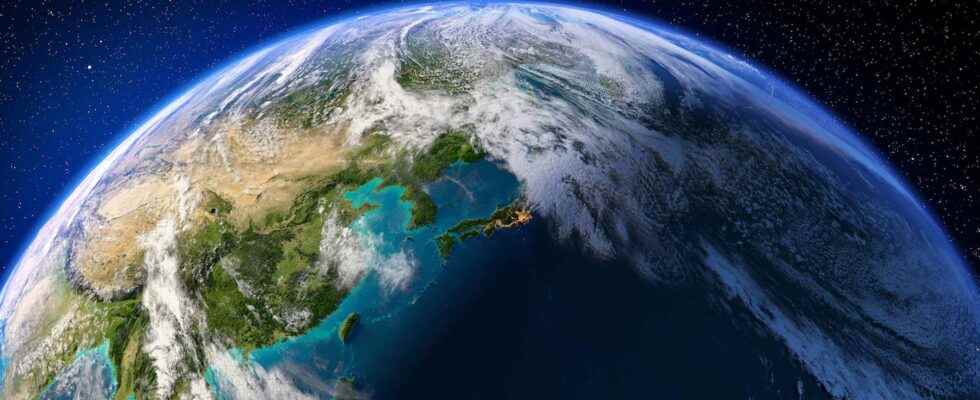We already knew that the eccentricity of the Earth was synchronized with the glacial cycles. French researchers have just discovered that it also governs the evolution of marine life and the climate in general, despite initially having minimal influence. Here is how it works.
You will also be interested
[EN VIDÉO] Is European marine biodiversity in danger of disappearing? The biodiversity of the oceans is in dangerous decline. According to UNESCO, more than half of the world’s marine species would be threatened with extinction by the turn of the century if significant changes are not taken. In the eastern Mediterranean, marine biologists are seeing dramatic changes that are likely to spread across the world and are sharing them with us on video.
About fifty years ago, researchers discovered that theeccentricity of the Earth (see box) was closely correlated with glacial cycles. Thus, over the past 400,000 years, the cycles between a ice Age and an interglacial period are synchronized with theorbit terrestrial at a rate of about 100,000 years. It may seem surprising that such a small variation has such an impact on the weather : the change of the Earth’s orbit exerts an influence about 10,000 times less than that of the quantity of light received (which depends for example on the axis of rotation of the Earth). For years, researchers have therefore wondered about what could contribute to the amplification of these climatic fluctuations.
Algae skeletons to study biodiversity
In a new study published in Nature, Luc Beaufort and his colleagues from the CNRS, in Marseille, were interested in phytoplankton to analyze terrestrial climatic variations during the Pleistocene, and in particular the change in composition of the coccoliths, these structures in limestone which cover the coccolithophores. These provide a good overview of the diversity of phytoplankton, as each species produces a different coccolith shape.
The researchers used theartificial intelligence, and more precisely to a powerful neural network, to artificially accelerate the process of coccolith formation. They then observed that the greater the eccentricity of the Earth, the more diversified the phytoplankton and vice versa. In fact, the more eccentric the orbit, the more contrasts seasonal populations are large, which makes it possible to increase the number of ecological niches and therefore phytoplankton diversity.
A feedback loop amplifying climatic variations
But what the researchers show above all is that this diversity itself has an effect on the climate: medium-sized phytoplankton species corresponding to lower biodiversity tend to store more carbon in coccoliths as calcium carbonate. The study thus shows two “peaks” of productivity: around 900,000 years ago and 400,000 years ago. In other words, the phytoplankton would exert a feedback loop with the orbital cycles, by amplifying the climatic variations and the carbon cycle.
Other factors are likely to play on this feedback loop. For example, the retreat of glaciers and islandis can separate ecosystems and create more niches, which accelerates the rate of renewal of phytoplankton. ” Such a link between orbital change, climate, and phytoplankton evolution could be an intrinsic rhythm that underlies the Earth system. », Concludes Rosalind Rickaby, biologist at the University of Oxford in an editorial accompanying the study. An excellent example of the famous butterfly effect.
Interested in what you just read?
.
fs11
